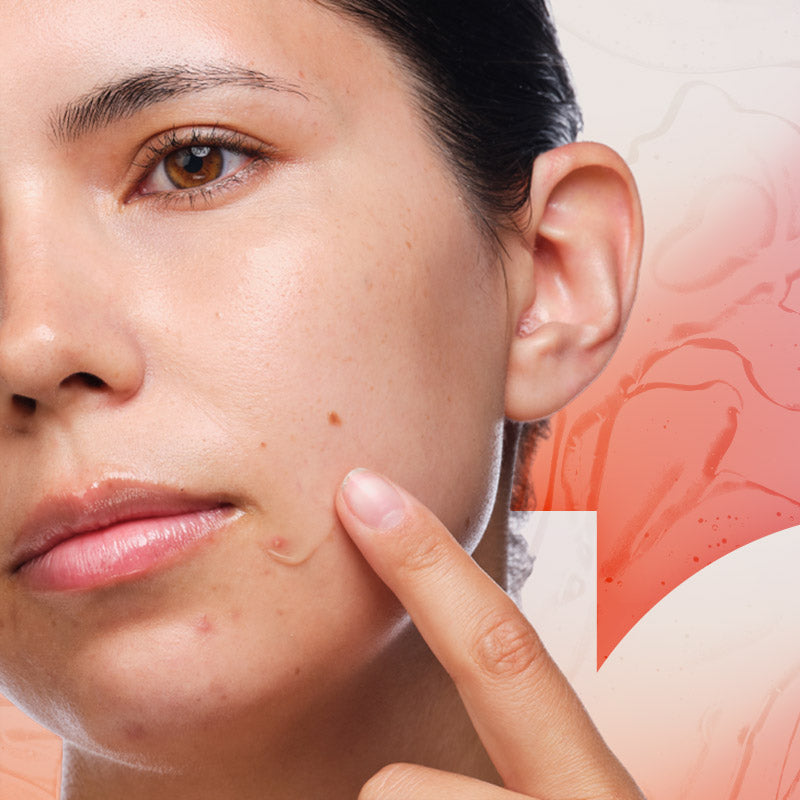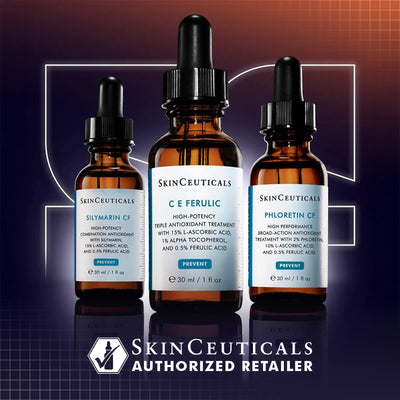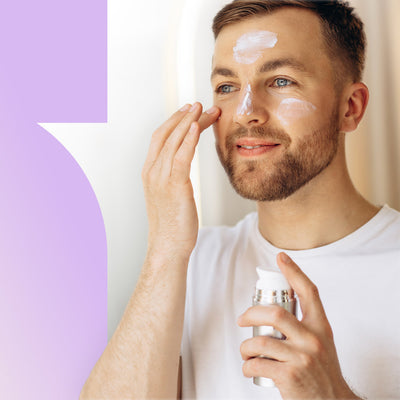 Save £49... Worth Up To £69
Save £49... Worth Up To £69
Our Mystery Product can be yours for just £19.99.
Your basket is currently empty.
At Face the Future, we're here to give you advice for life, offering you support on your skin and self-care journey every step of the way. Here, you'll find a no-fuss, easy-to-follow guide with everything you need to know about your skin, and show you how we can offer you expert advice.
Let Us Help You On Your Skincare Journey
Book in for a virtual consultation with one of our skin experts. Boasting decades of industry experience, they are here to offer you advice for life. Whether you're struggling with a skincare concern or just want to know how to elevate your current routine, we're here to support you.
Over the years, we have supported our community with their skin concerns to boost their skin's health, helping them to feel more confident with their skin again. The results are always testament to the high level of care and support we give our customers. Swipe across to see this amazing transformation!

At Face the Future, we started life as an advanced skin clinic, and with decades of hands-on experience behind us, we’ve supported thousands of people through every kind of skin concern. That same knowledge and care now lives here, in The Skin Hub.
Whether you're just starting your skincare journey or looking to understand your skin on a deeper level, The Skin Hub is your go-to resource for expert insights, practical tips, and real-life advice.
We're here to give you the tools and understanding to feel confident in your skin, every step of the way. Think of it as your personal guide to advice for life, rooted in experience, led by experts, and curated with you in mind.

We believe expert skincare advice should be easy to access. Whether you’re looking for quick answers or a more in-depth consultation, there are multiple ways to reach out and get personalised support from our team.
From our real-time skin test and online skin test to virtual consultations with our experienced skin experts, you can choose the route that suits you best. However you connect with us, you’ll always be speaking to someone who’s deeply knowledgeable, passionate about skincare, and committed to helping you achieve real results. We’re here to offer guidance and product recommendations that feel personal, practical, and most importantly, right first time.

At Face the Future, we’re proud to have helped hundreds of people feel more confident in their skin. Here are just some of their journeys – real customers, real transformations, and the real impact of expert advice and tailored skincare. With the right support, the right skincare products, and guidance that’s right first time, you can gain confidence in your skin again.
Learn MoreSavvy up on the latest happenings at FTF HQ.
Every stage of life has its own beauty and we're here to celebrate it - lines, stories, strength, and all.
Learn MoreWe are removing the cost of VAT (that's 20%) on core SPF brands! We hope the rest of the beauty industry joins us in supporting the VAT Burn campaign so that sunscreen can be recognised as a healthcare essential in the future.
Learn More
Say hello to your new trusted guide to skincare, beauty and wellbeing! Face the Future Magazine is your go-to destination for expert advice, trusted product picks and the latest beauty trends, all brought to you by our expert editorial team.
Learn MoreYour Exclusive Deals & Offers

Free Gifts With Purchase
Shop Now
Up To 60% Off Winter Sale
save now
The Festive Sparkle Edit is Selling Fast!
Save now
Up To 23% Off SkinCeuticals
save now
Up To 20% Off Caudalie & A Free Gift!
save Now
The Hair Repair Edit is Here!
save now
30% Off Neostrata
save now
30% Off ANSWR
save now
Subscribe & Save For Up To 20% Off
save now
Save 15% On Your First Order
Download Here